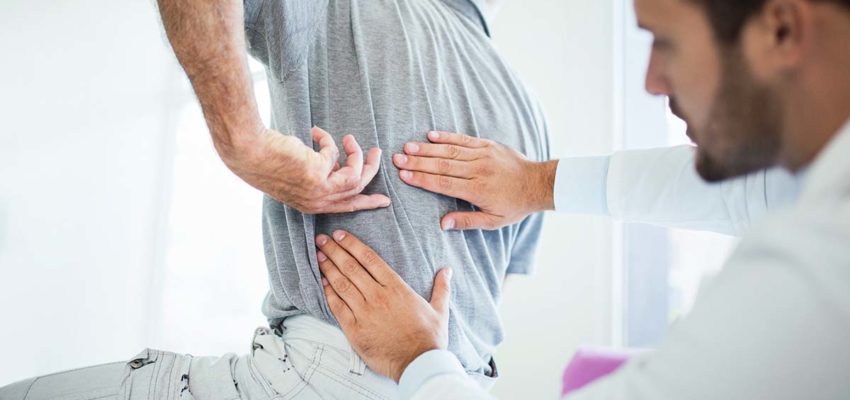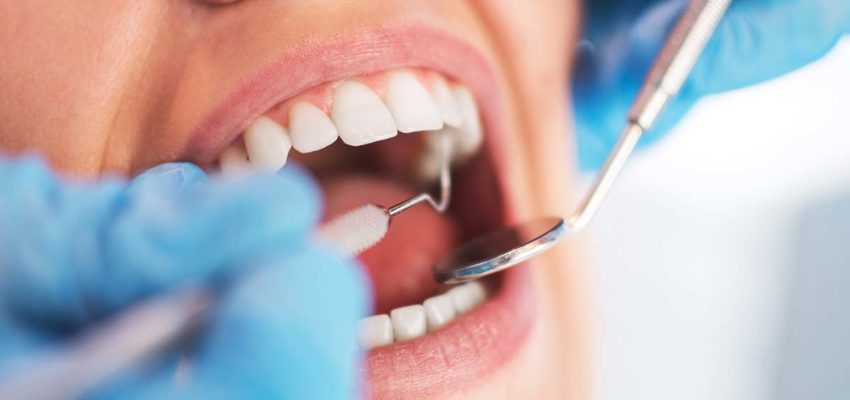How Root Canals Generate Toxins

“A new truth”, warned Dr Weston Price, “is like a new sense. You are now able to see things that you could not see before.”
Dr Weston Price, former director of Research for the American Dental Association for 14 years, spent 35 years of his professional career researching the systemic diseases of the heart, kidney, uterus ,nervous and endocrine system, that resulted from toxins seeping out of root canal filled teeth. A certain percentage of people are sensitive to the toxins that are manufactured within these dead teeth.
Dr Price saw many truths that even today we have a hard time seeing, for we are bogged down in “but we’ve always done it that way” thinking. We are too habitual to a adopt his sense of “new truth”. His observations led him far beyond the accepted remedies of that day. Incidentally, those remedies are basically the same treatments that are the foundation of today’s root canal fundamentals. He researched 24 of those fundamentals and found each to be lacking.
Some of the “lacking” fundamentals included: radiographs revealing the presence of infection, infections expressing themselves as bone absorption, a given dental infection will express itself approximately the same in all people, if pus is flowing from a tooth it is a dangerous sign and local comfort of a treated tooth is evidence of the success of a root filled procedure.
Dr Price made quite a stir in the dental communtiy. Even with his vast experience, educational background and thousands of controlled experiments, dentists were resistant to changing their thinking about the root canal procedures that they had already been performing for decades.
What did Price find that convinced him that people could not tolerate root canals?
First, Dr Price observed that if he removed root filled teeth from people suffering from kidney and heart disease, that in most cases, they would improve. In an effort to establish a relationship between the tooth and the disease, he inserted the root filled tooth under the skin of rabbits. Rabbits have an immune system similar to that of humans. In fact a normal non-infected human tooth (as removed for orthodontic reasons) can be inserted under the skin of a rabbit for a year with practically no reaction. A thin film will form over it, but microscopically there are no rejection cells present.
When a root filled tooth was implanted under the skin of a rabbit the rabbit died within less than two days, sometimes within twelve hours. If a very small fragment (as an extract of the tooth) were used, within two weeks the rabbit would lose over 20% of its body weight and die of heart or kidney disease if that is what the human donor had. To further challenge his observation, he removed the fragment and transferred it to another rabbit. In two weeks he observed a duplicate performance. In one case Dr Price reimplanted the same tooth fragment in 100 rabbits, each in succession dying from the dame disease that the human donor had. In most experimental cases he transferred the fragment 30 times.
As obvious the consequences were, dentists persisted in placing root canal fillings. This, of course, caused a hot argument among dentists, and soon Dr Percy Howe published a paper in the Journal of the National Dental Association rejecting Price’s findings. Howe injected large amounts of the bacteria (streptococcus) into rabbits and found no adverse reaction. This publication is still used as proof that root filled teeth are not harmful to humans.
In what way did Price show that Howe’s paper was wrong?
In looking for a reason for the difference between Howe’s findings and his own, Price investigated the methods of sterilization of root canals (similar to today’s technology) and found that the teeth retained their sterility for only about two days. Most lost sterility within less than 24 hours. Why? Where were these bacteria hiding? A tooth contains enamel, dentin and a central pulp chamber. The central pulp chamber can be sterilized to a reasonable degree by removing its contents of nerves, arteries and veins and flusjhing it with chemicals. The dentin, however, is composed of thousands of tiny “dentine tubules” unreachable by this flushing procedure. Although microscopic in size, these tubules are quite adequate to house billions of bacteria. If one were to take a front tooth and arrange the dentine tubules end to end, they would reach for three miles. The tubules are wide enough to accomodate eight streptococci abreast.
Where do these bacteria originally come from?
They are of the streptococcous viridans family and are normal inhabitants of the mouth. When a tooth becomes decay prone, they invade the tooth and start killing tooth tissues. When they reach the pulp chamber they invade not only the pulp tissue, but also the dentine tubules. When a dentist cleans out the pulp chamber they remove all the bacteria in the chamber but those bacteria that went into the tubules are still there. Then the dentist seals the tooth and that is when a new truth begins which points out Howe’s interpretation.
In an anaerobic condition (one that contains no oxygen) these streptococci (specifically diploic and short chain strands) mutate, undergoing a slight change in the body form and metabolism to adapt to this new environment. Now instead of producing slightly offensive waste products, these transformed bacteria produce a potent poison (toxin). Our immune system does not like the toxin but the cells in our immune system can’t get in through the tiny holes in the outside of the root to destroy the bacteria. The toxins can seep out. Fluids containing nutrients can seep into the tooth so the bacteria continue to thrive in confinement.
Howe’s research addressed only the aerobic variety of bacteria, so completely missed the toxin forming bacteria.
If the body launches a big fight against the toxins then pus forms around the tooth. Conventional wisdom says that pus is bad for the patient and we must give antibiotics until it is gone. Price found that the pus was nearly sterile and though socially disagreeable its presence was a sign of successfully quarantining the toxins from the tooth.
That was certainly a new idea and not readily accepted as a “new truth”.
Another upsetting situation pointed out by Price was that radiographs frequently miss abscesses that are on the front or back of a tooth. About 30% of the teeth have extra canals which may exit anywhere from half way down the tooth, to all the way down at the tip like they supposed to. Those “other” canals that abscess are the ones that are apt to be missed on x-ray.
What about root filled teeth that do not form pus or give pain?
If the body’s immune system is compromised then very little action is initiated around the root filled tooth. Certain enzymes may escape which stimulate the bone to form what is termed “condensing osteitis” around the tooth. This is heavier than ususal bone. It may actually fuse the surrounding bone to the tooth. On radiographs this will appear as a white line and is considered to reflect excellent healing. This tooth gives no trouble locally as far as pain and pus is concerned, but the toxins that seep out and get into the circulation, and with little immune system interference, seek a specific organ to attack. Price called this “tissue localization”. Price had demonstrated this by transferring sections fo the root filled teeth from animal to animal generating the same disease with each transfer.



